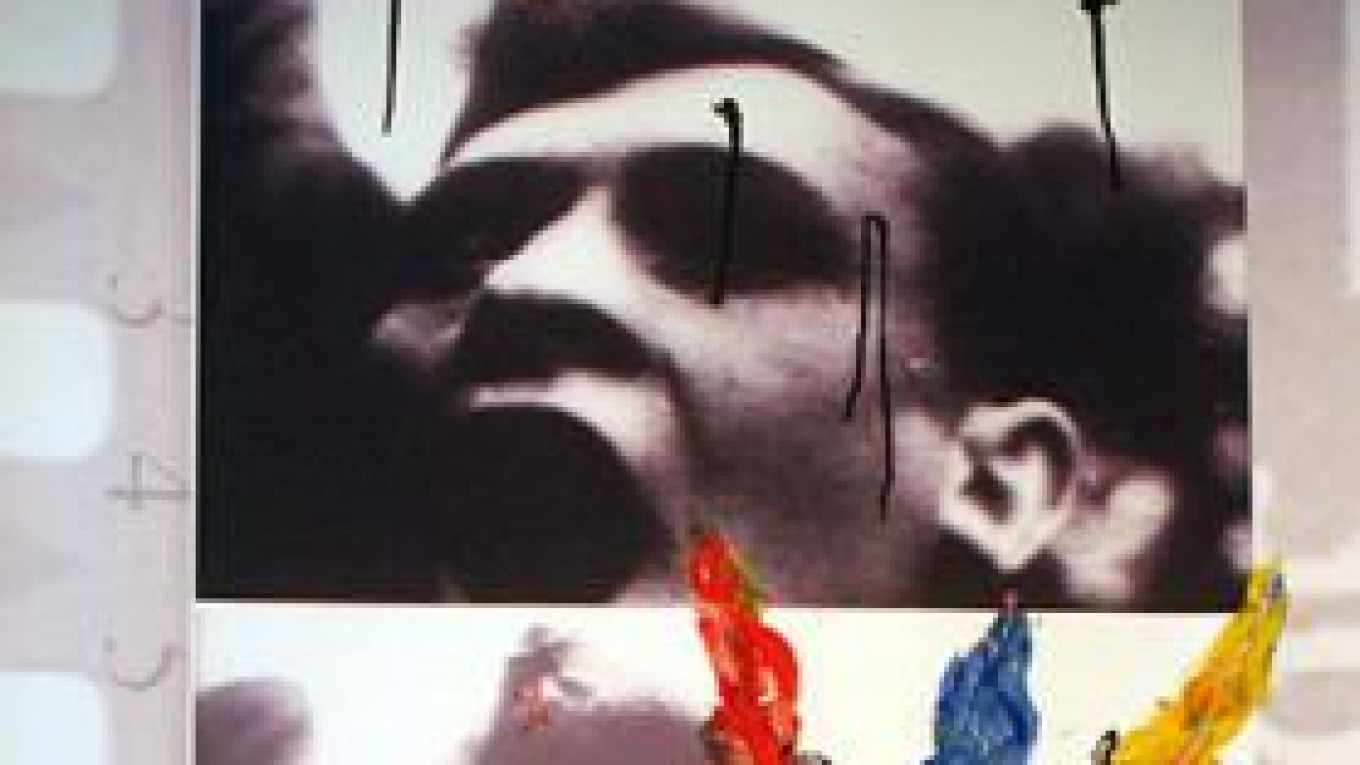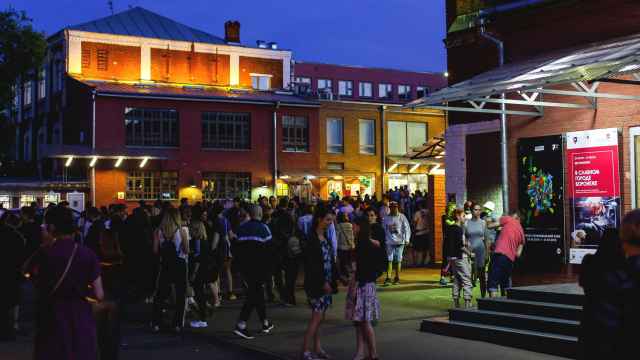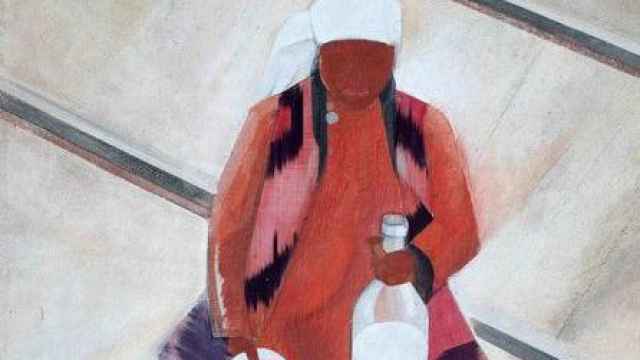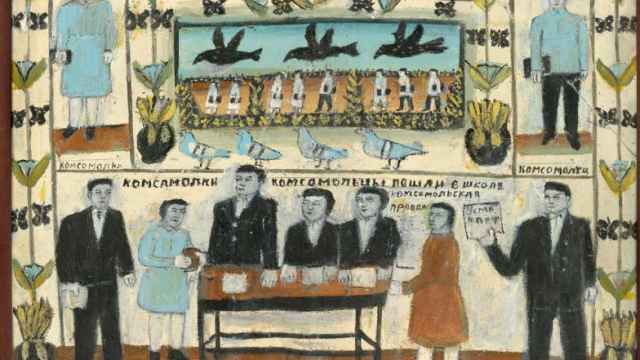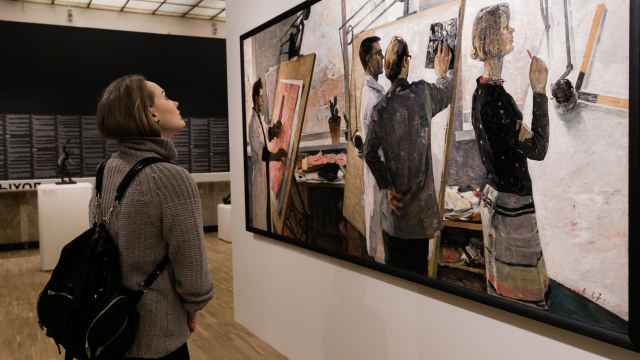The celebrations on May 9, the day on which all Russians celebrate the memory of the Soviet victory over Nazi Germany, have grown increasingly brash and pompous in recent years. Seeking ways to bolster its patriotic agenda, the Kremlin has co-opted Victory Day, mythologizing it by airbrushing out inconvenient facts and turning it into a shiny celebration of national unity.
However, an exhibition presented by the Moscow Museum of Modern Art, in partnership with Salamatina Gallery, proposes a different perspective on these historical events. The first solo exhibition by Russian-American artist Naum Medovoy to take place on Russian soil, “Last March” attempts to cast the Soviet victory in a different light by highlighting the tragic stories of the families of the USSR’s “forgotten” soldiers.
“This exhibition is a medium for rethinking the way that Russia portrays its history,” says Anna Yevtugina, one half of the curatorial duo behind the show.
Originally born in Odessa (modern-day Ukraine), Medovoy worked for a series of prominent Soviet film directors in Moscow before emigrating to the U.S. in 1976. At the heart of the exhibition is an eponymous documentary film Medovoy released in 1972, after conducting interviews with a number of servicemen and their relatives.
The film, which portrays the hidden aspects of the Soviet victory over the Nazis, explores the fate of Soviet soldiers that became repatriated prisoners of war, and those who were officially classified as “missing in action” after WWII. The fate of these “forgotten” soldiers still remains obscure, but it is probable that upon their return to the USSR they were labeled “traitors to the Motherland” and sent to the Gulag.
The film combines footage from the war, along with interviews and visual portraits of those affected by the “disappearance” of these soldiers. One particular scene shows these devastated families in a train station, waiting for their sons, brothers, and fathers, who are returning from the war. They never arrive.
This scene, as well as many others in “Last March,” emanate a disheartening pathos that sets the tone for a large part of the exhibition. In addition to extracts from the film “Last March” and excerpts from Medovoy’s diaries, the exhibition, which spans four rooms and two floors, includes 30 of Medovoy’s later graphic pieces.
In addition to the Russian filmmaker’s work, the exhibition also showcases collaboration with two younger artists, New York-based artist and filmmaker Trevor Tweeten and Russian artist Nikita Shokhov. This collaborative aspect is also one of the core elements that set the tone of the exhibition.
“Collaborations between artists from different generations bring about a more profound and multidimensional view on a particular idea since each artist approaches the subject matter from a different angle and context,” Anna Yevtugina told The Moscow Times.
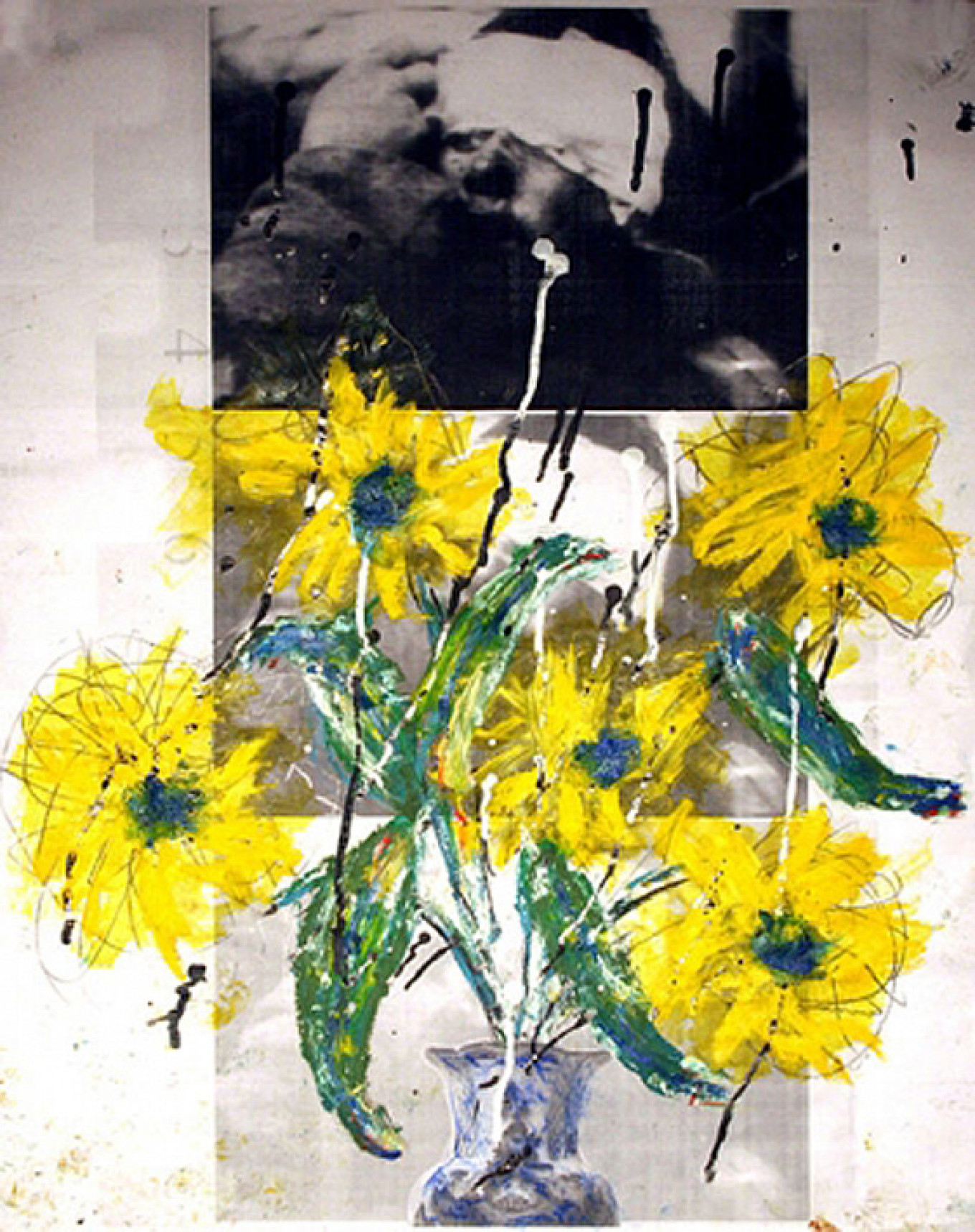
At the entrance of the exhibition lies a video installation by Tweeten, showing Medovoy at work in his studio. The first room of the exhibition contains another video installation formed by three film projections. A triptych of sorts, the installation features projections from the archival footage and interviews that Medevoy used for “Last March.”
To the right and the left, clips shot and directed by Tweeten, showcase performances done in everyday scenarios in Moscow and New York. The settings of these performances range from Grand Central Station in New York, to the GUM department store in Moscow. They display a nostalgic but unsettling contrast between the two cities, their demeanors, their past and present. This constitutes one of the central nodes of the exhibition.
“We wanted to integrate Medovoy’s film with Tweeten’s footage of performances in order to suggest a juxtaposition between the past and the present, and to show how memory interplays this connection between the past and the future,” says Yevtugina.
Elsewhere there are displays of Medovoy’s graphic work, which combines stills from “Last March” with overlapped paintings of flowers. The last room of the exhibition showcases the second collaborative endeavor of the show. Here, another film installation, this time by young Russian artist Nikita Shokhov, elaborates a contemporary interpretation of Medovoy’s diaries and sketchbooks (also displayed in the room).
This installation develops a montage of phrases and video footage that revolves around the issue of women’s identity. Shokhov creates this montage by borrowing phrases from Medovoy’s diaries. He contrasts them with clips of female performances, raising the issue of the stereotypification of women throughout history, and establishes a connection with the various sketches and drawings of the female body that Medevoy developed, in a similar critical tone, throughout his diaries and sketchbooks.
“History and memory enriches our understanding of our contemporary situation,” says Yevtugina. The artists are propose a rethinking of history, she says, “not only in terms of the past, but also in terms of how this history structures our contemporary context.”
“Last March” invites the viewer to revisit the portrayal of the Soviet victory by introducing and reinterpreting a forgotten story. It is an alternative journey down memory lane that allows for a contemporary take on Russia’s past trauma.
A Message from The Moscow Times:
Dear readers,
We are facing unprecedented challenges. Russia's Prosecutor General's Office has designated The Moscow Times as an "undesirable" organization, criminalizing our work and putting our staff at risk of prosecution. This follows our earlier unjust labeling as a "foreign agent."
These actions are direct attempts to silence independent journalism in Russia. The authorities claim our work "discredits the decisions of the Russian leadership." We see things differently: we strive to provide accurate, unbiased reporting on Russia.
We, the journalists of The Moscow Times, refuse to be silenced. But to continue our work, we need your help.
Your support, no matter how small, makes a world of difference. If you can, please support us monthly starting from just $2. It's quick to set up, and every contribution makes a significant impact.
By supporting The Moscow Times, you're defending open, independent journalism in the face of repression. Thank you for standing with us.
Remind me later.


